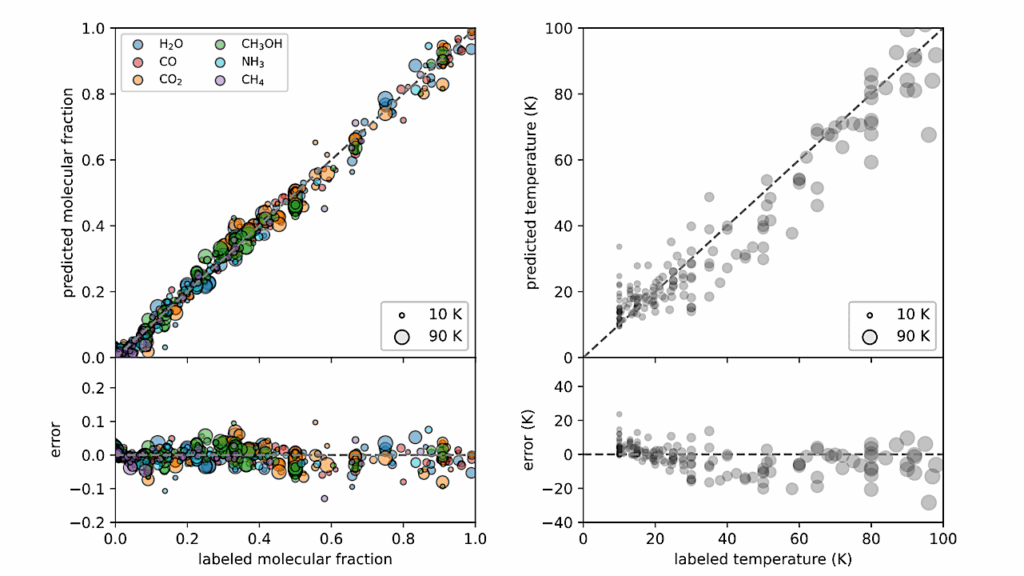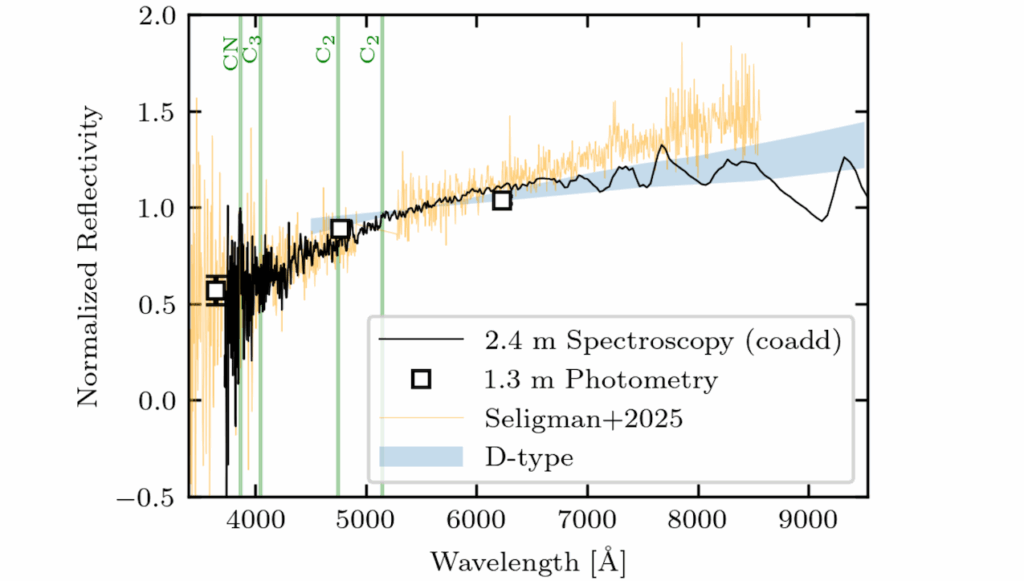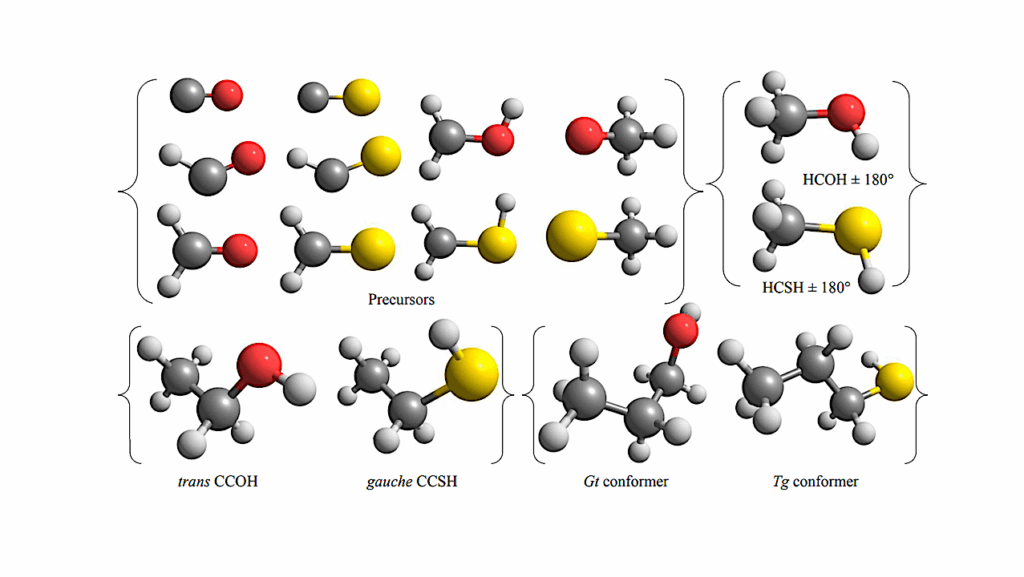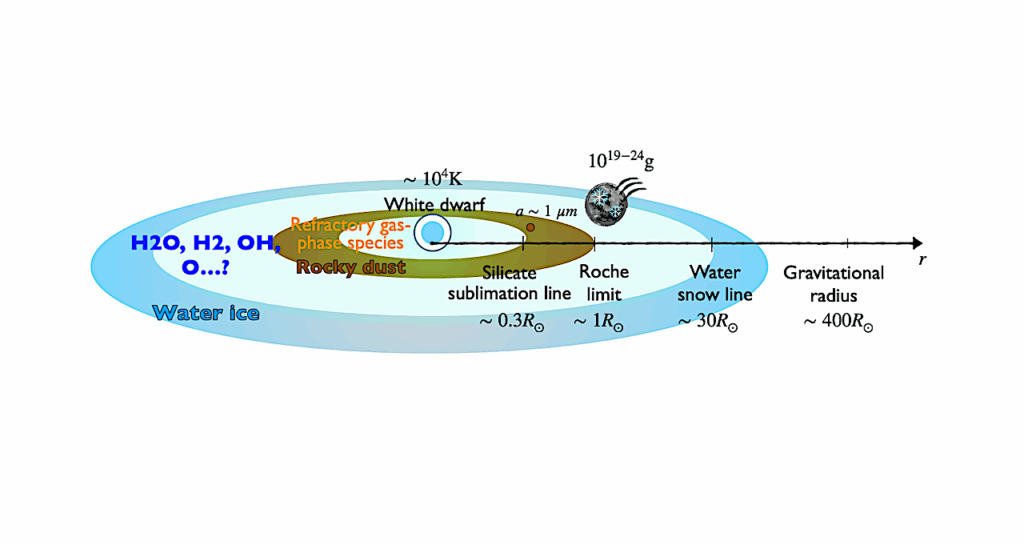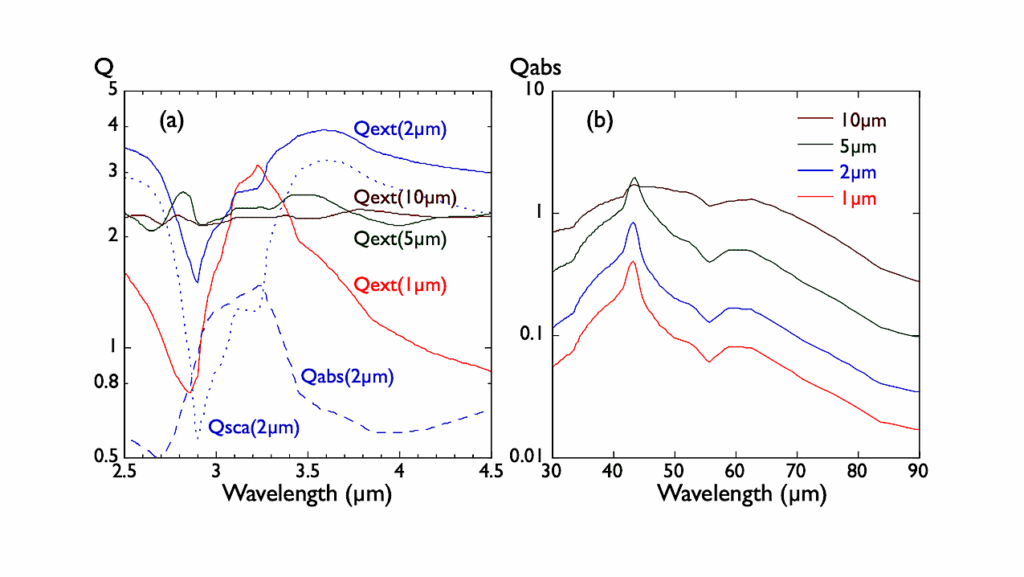The CO-Fuelled Time Machine: Tracing Birth Conditions and Terrestrial Planet Formation Outcomes in HD 163296 through Pebble Drift-induced CO Enhancements
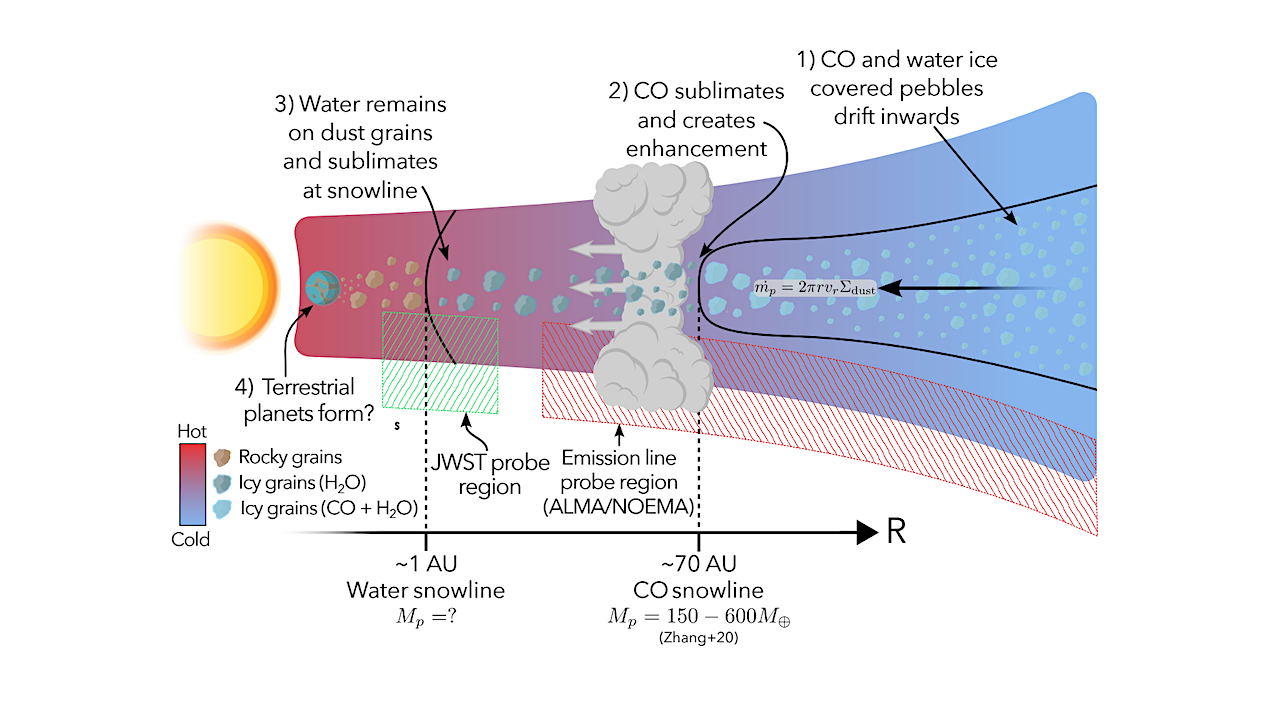
The architecture and composition of planetary systems are thought to be strongly influenced by the transport and delivery of dust and volatiles via ices on pebbles during the planet formation phase in protoplanetary discs.
Understanding these transport mechanisms is crucial in building a comprehensive picture of planet formation, including material and chemical budget; constraining the birth properties of these discs is a key step in this process.
We present a novel method of retrieving such properties by studying the transport of icy pebbles in the context of an observed gas-phase CO enhancement within the CO snowline in the protoplanetary disc around HD 163296.
We combine Markov Chain Monte Carlo (MCMC) sampling with a fast model of radial drift to determine the birth gas mass and characteristic radius of the disc, and compare our results against observations and models in the literature; we find the birth-condition disc gas mass to be log10(Mdisc/M⊙)=−0.64+0.19−0.24 and the characteristic radius to be log10(rc/AU)=2.30+0.45−0.46.
We additionally determine that dust grains must be `fragile’ (vf=100 cms−1) to retain enough dust to match current dust mass observations, with our lowest fragmentation velocity model providing a current-age dust mass of Mdust=662+518−278M⊕ based on the retrieved birth conditions.
Using our retrieved birth conditions, we extend our simulations to mass of material reaching the water snowline in the inner disc, where terrestrial and super-Earth planets may be forming, and speculate on the nature of these exoplanets.
Joe Williams, Sebastiaan Krijt
Comments: 15 pages, 12 figures, 2 tables; accepted for publication in MNRAS
Subjects: Earth and Planetary Astrophysics (astro-ph.EP)
Cite as: arXiv:2501.05316 [astro-ph.EP] (or arXiv:2501.05316v1 [astro-ph.EP] for this version)
https://doi.org/10.48550/arXiv.2501.05316
Focus to learn more
Submission history
From: Joe Williams
[v1] Thu, 9 Jan 2025 15:34:07 UTC (1,110 KB)
https://arxiv.org/abs/2501.05316
Astrobiology,


